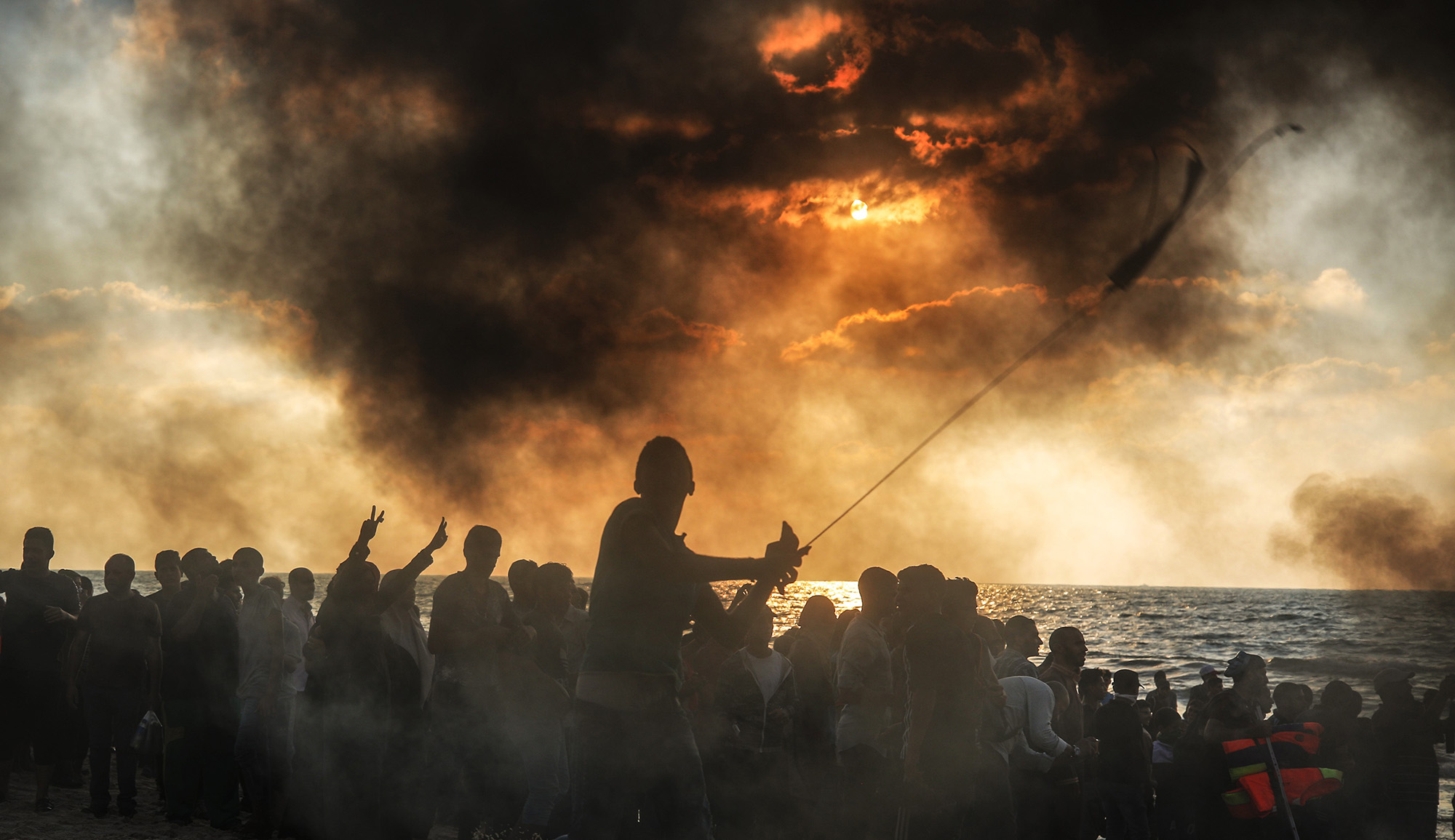Based on Genesis 47:29, ensuring the proper care for and burial of the dead is known in the rabbinic tradition as the “kindness of truth” (ḥesed shel emet), since one cannot expect to receive anything in return, even a gesture thanks, from the deceased. The organization Chesed Shel Emes—which takes its name from the Ashkenazi pronunciation of the phrase—provides ritual purification and burial for Jewish dead without means or without synagogue affiliations. In a photo essay, Mark Abramson shows how COVID-19 has affected the group’s mission. Isadora Kosofsky writes:
Their work focuses primarily on the forgotten and the anonymous. With contacts in the death bureaucracy of New York and the surrounding areas, Chesed Shel Emes identifies Jews bound for potter’s fields and claims them instead for their cemetery in upstate New York. The group is often on scene after suicides or accidents and at hospitals for patients who have just died. Chesed Shel Emes operates through WhatsApp and with a Ford pickup converted into a hearse.
As COVID-19 hit New York last spring, the virus claimed the lives of hundreds of Orthodox Jews. Families feared their loved ones would be cremated instead of buried. They read false social-media messages warning that their deceased relatives might not get proper taharot, or ceremonial baths. They dreaded the possibility that their parent or sibling would be left indefinitely in a temporary morgue truck.
Read more at New York Magazine
More about: American Jewry, Coronavirus, Jewish cemeteries


